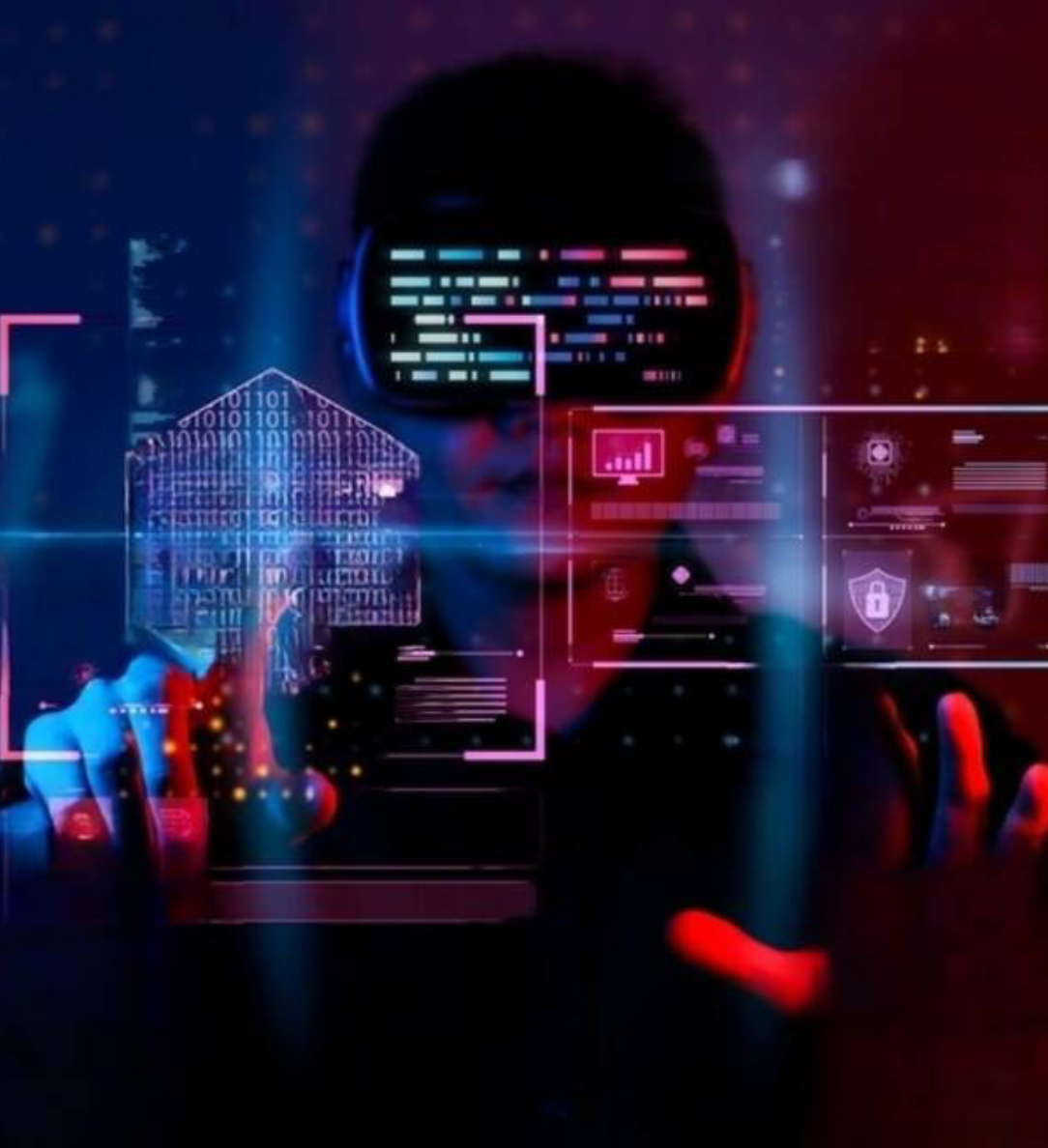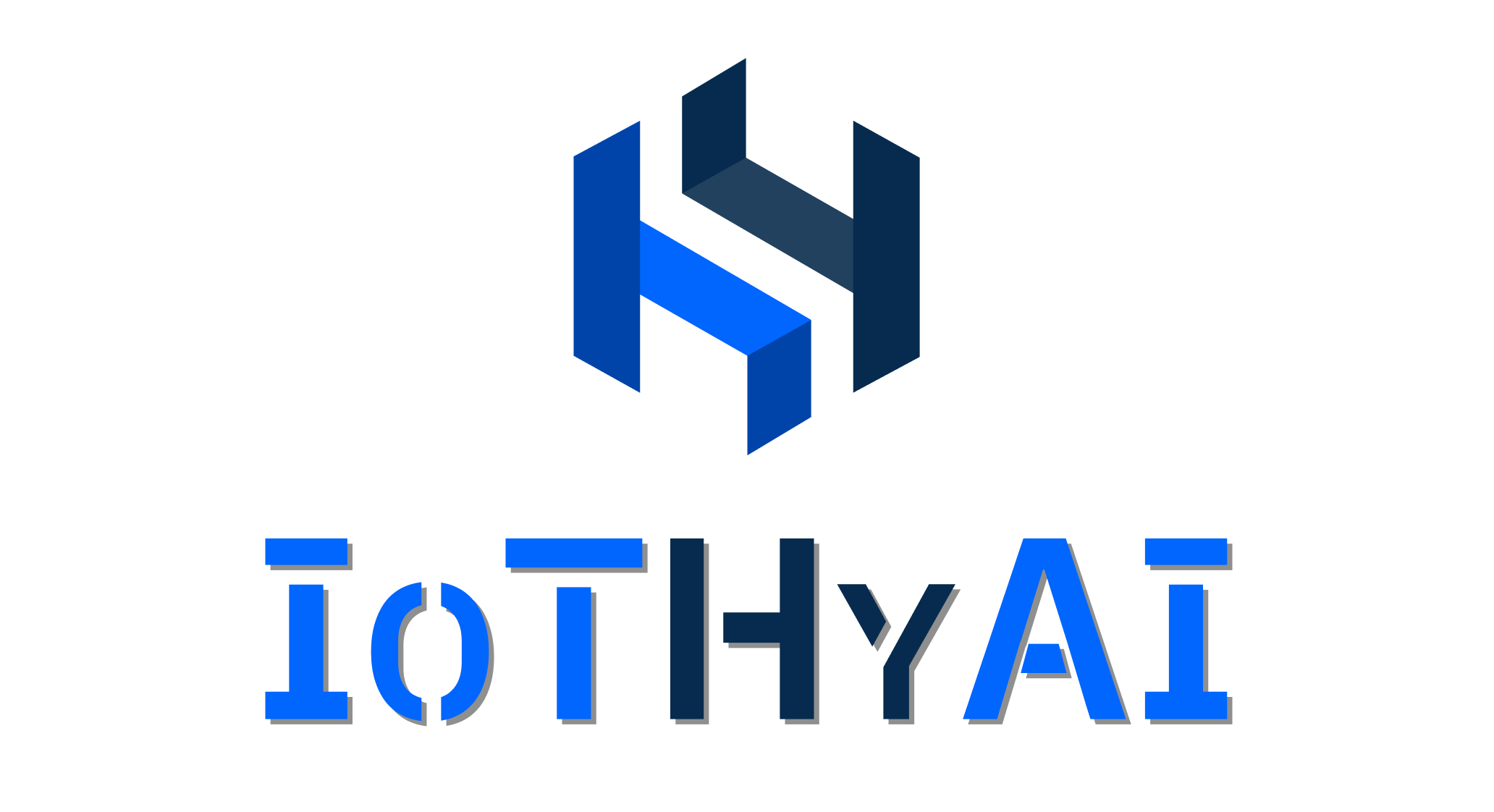Exploring Web3 Technologies
One of the foundational pillars of Web3 is decentralization. Traditional web applications often rely on centralized servers and intermediaries to manage data and transactions. In contrast, Web3 leverages decentralized networks, such as blockchain, to distribute control and ownership among participants. By eliminating single points of failure and reducing dependency on intermediaries, decentralization enhances transparency, resilience, and censorship resistance in the digital ecosystem.Web3 empowers users by granting them greater control over their data, identity, and digital assets. Through self-sovereign identity solutions and decentralized authentication mechanisms, users can manage their identities securely without relying on centralized authorities.
Web3 technologies represent the next evolution of the internet, focusing on decentralization, security, and user empowerment. These technologies aim to reshape the digital landscape by enabling peer-to-peer interactions, decentralized applications (dApps), and new economic models built on blockchain and cryptographic principles.

Our Solutions
- Decentralized Finance (DeFi)
- Self-sovereign Identity
- Supply Chain Traceability
- Content Monetization
- Tokenized Assets
- Decentralized Governance
- Data Privacy and Security
- Immutable Records and Audits
- Decentralized Marketplaces
- Cross-chain Interoperability
Key Advantage
By eliminating single points of failure and reducing dependency on intermediaries
- Decentralization
- Security
- User Empowerment
- Innovation
- Interoperability
- Economic Incentives
56
Customer Satisfaction

Our Approach
Reshape the digital landscape and unlock new opportunities
01
Blockchain
It serves as the foundational technology for many Web3 applications, providing transparency, security, and trust.
02
Smart Contracts
They run on blockchain platforms and automatically enforce the terms of the contract when predefined conditions are met.
03
Cryptography
Techniques such as public-key cryptography, digital signatures, and hash functions ensure the confidentiality, integrity, and authenticity.
04
Tokenization
These tokens can represent ownership, access, or entitlement to assets such as currencies, securities, or digital collectibles.
FAQ’s
Your Go-To Resource for Answers

Getting started with Web3 involves learning about blockchain technology, decentralized applications, and key concepts such as smart contracts and decentralized finance. There are many online resources, tutorials, and developer tools available to help individuals get started with Web3 development and experimentation.
Challenges facing Web3 adoption include scalability limitations, user experience barriers, regulatory uncertainties, interoperability issues, and the need for improved developer tools and infrastructure. Overcoming these challenges requires collaboration, innovation, and community engagement within the Web3 ecosystem.
While cryptocurrencies and decentralized finance (DeFi) are prominent use cases within the Web3 ecosystem, Web3 technologies have applications across various industries and domains, including supply chain management, healthcare, gaming, identity verification, and digital rights management.
Web3 technologies empower users with greater control over their data and digital identities through self-sovereign identity solutions and decentralized authentication mechanisms. By leveraging cryptography and blockchain, Web3 enhances privacy, security, and data ownership rights for individuals.
The future of Web3 holds immense potential for innovation, collaboration, and decentralization across the digital landscape. As blockchain technology matures and adoption grows, Web3 is expected to revolutionize how we interact with the internet, enabling new economic models, decentralized governance structures, and trustless digital ecosystems.

